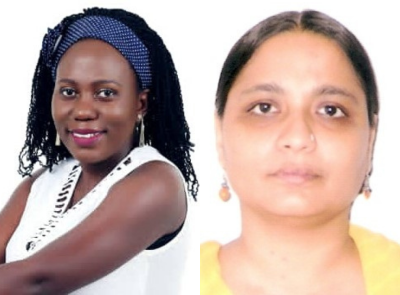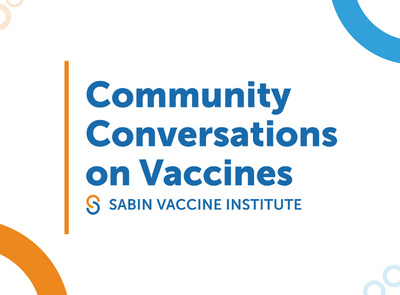Adolescent Autonomy, Participation, and Advocacy Critical for Increasing HPV Vaccine Uptake
COVID-19 pandemic-related disruptions in vaccine access, coupled with pre-existing challenges that were exacerbated by the pandemic, have set back efforts in achieving the Immunization Agenda 2030 target for 90% coverage of the human papillomavirus (HPV) vaccine by 2030.
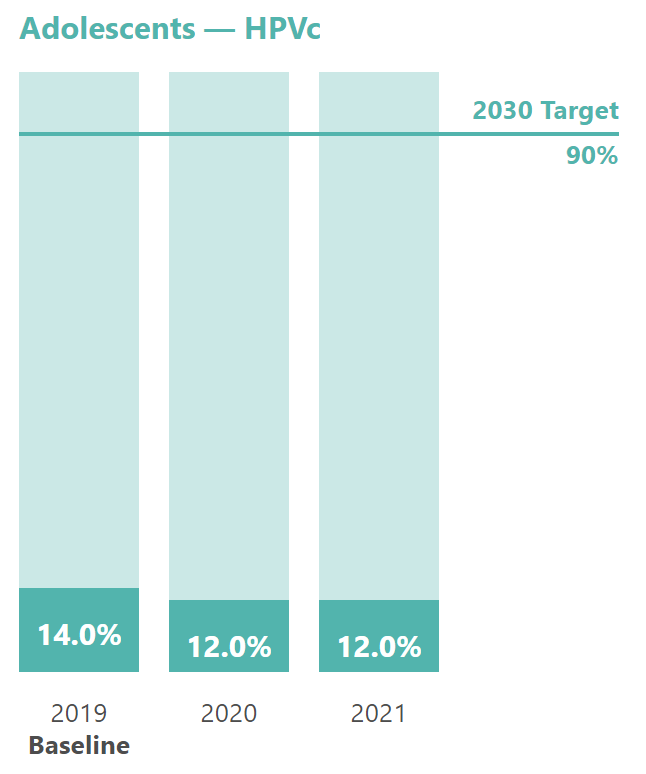
UNICEF’s recently released report, The State of the World’s Children 2023: For Every Child, Vaccination, reveals that seven out of eight eligible girls are not currently vaccinated against HPV. This trajectory of HPV vaccine coverage is unsettling as the HPV vaccine is a notable, effective, and fiscally-practical preventative public health measure that protects against several HPV-caused cancers.
Notably, the HPV vaccine protects against cervical cancer, which is the fourth leading cause of cancer deaths in women globally with an estimated 604,000 new cases and 342,000 deaths in 2020. Ninety percent of these diagnoses and deaths occur in low- and middle-income countries.
With already low global HPV vaccination coverage declining – from 14% of eligible girls fully vaccinated in 2019 to 12% in 2021 – inclusive and comprehensive programming targeting vaccine access, equity, confidence, and demand is urgently needed to build back and grow immunity.
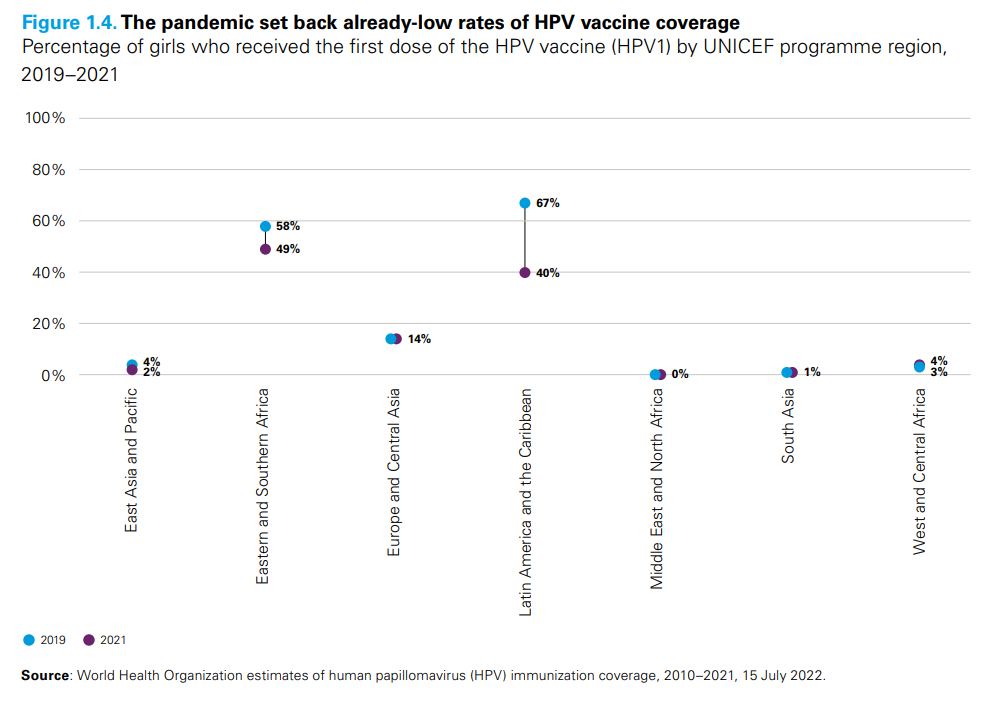
There is a key and pivotal approach that governments and organizations must seize: embracing adolescent autonomy, participation, and advocacy.
Adolescents make up 25% of the world’s population. In a critical stage of rapid development and growth, young people develop habits and gain experiences that shape agency in health decision-making. Adolescents have the power to make sound decisions for themselves with the right information. They are also powerful society influencers, and adolescent agency in health, specifically in vaccine decision-making, can change the trajectory of HPV vaccination programs, in addition to other immunization campaigns.
Insufficient adolescent health services in primary and acute care settings – in addition to devaluing adolescent influence, strength, and knowledge – can perpetuate challenges in youth empowerment and hinder the potential to boost young people’s participation and leadership in health advocacy. However, with positive youth development and opportunities to grow, adolescents can be key assets in their communities.
The World Health Organization (WHO) has indicated that the “primary target of [HPV] vaccination is girls aged 9-14, prior to the start of sexual activity,” and, as the pre-qualification for HPV vaccines expands the age range, it only makes sense that HPV vaccination campaigns are designed around the needs of young people of all gender identities.
As adolescents age and their autonomy grows, health programming must similarly grow and adapt to the needs of the patient. Adolescents belong to a diverse subset of the population, and their identity considerations must be acknowledged in campaigns to encourage healthy lifestyles and futures and ensure proper knowledge is shared amongst peer groups, families, and communities.
In the Sabin World Immunization Week webinar “Getting to Zero,” UNICEF Associate Director of Immunization Dr. Ephrem T. Lemango – who will be presenting during the keynote dialogue at this year’s Vaccination Acceptance Research Network (VARN) Annual Conference – stresses that engaging communities increases vaccine confidence.
“There is adequate evidence that the more you engage communities in design, planning, and implementation of vaccine-related interventions, the vaccine confidence and trust grows.”
Public health programs must engage and partner with young people to build trust and find solutions that meet their dynamic and diverse needs through human-centered design, which reduces the risk of developing unnecessary programs while allowing communities and adolescents involved to generate ideas and prioritize their needs.
Programming must embrace a multisectoral approach that includes, engages with, and amplifies adolescents, who have the ability to improve not only their present health but their future health and, subsequently, their children’s health. Adolescents talk with each other and influence their peers, with the proper awareness and inclusion provided by human-centered campaigns and youth ambassador-style programs, adolescents have the power to sway the present and change the future.
Young people have already demonstrated their resilience, power, and passion. Mai Thi Thuan, Yusuf Baluch, Nyombi Morris, and Greta Thunberg are a handful of global youth activists who have loudly and actively demonstrated their capacity to change the world.
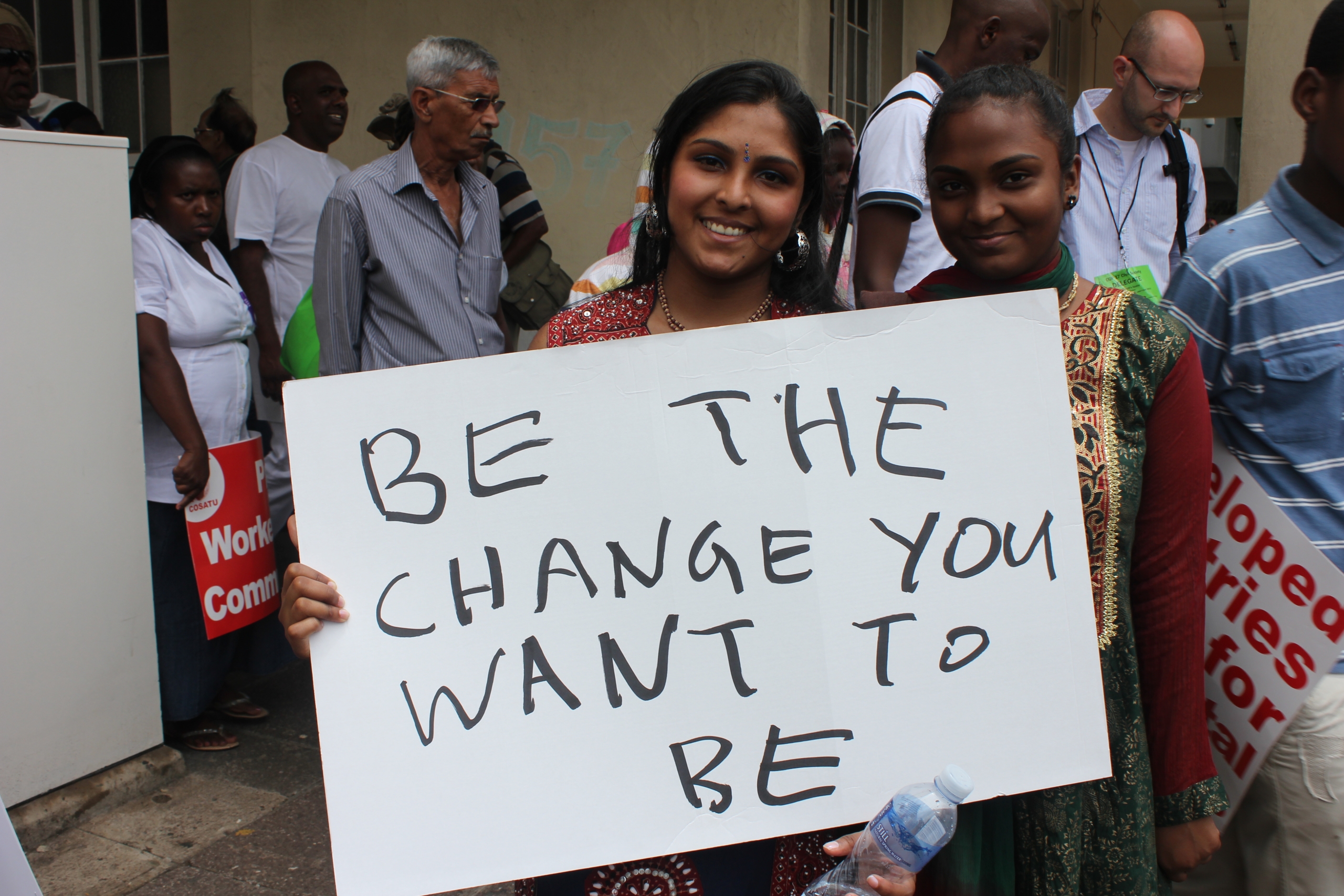
Adolescents have the drive, the energy, the determination. They are the present and the future, and their advocacy and inclusion in vaccination programs are critical as we aim to build back the losses of recent years and reach sustaining HPV and other vaccination targets for 2030 and beyond.

